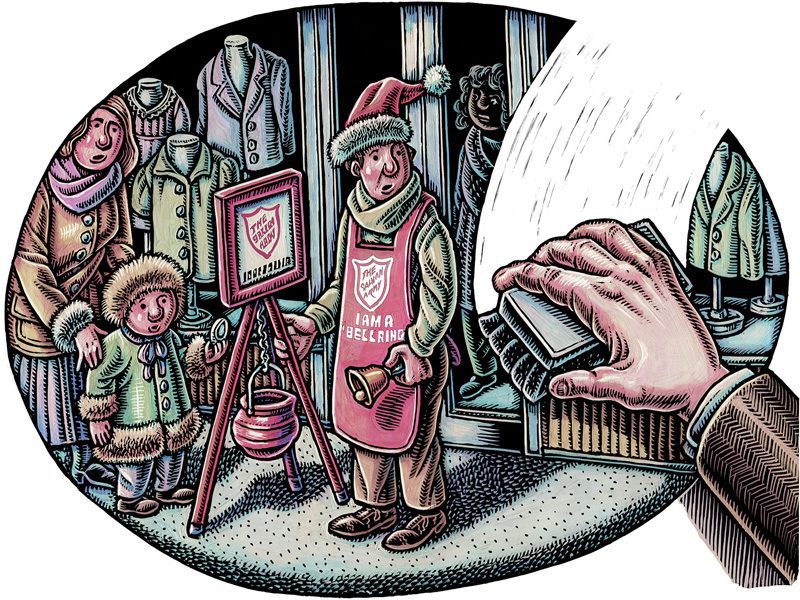Imagination
by Robert Docter, Editor-In-Chief –
Imagination is the beginning of creation.
You imagine what you desire,
You will what you imagine,
And at last you create
What you will.
George Bernard Shaw
Nothing happens unless first the dream.
All the things we achieve we have first of all imagined.
David Maloue
Imagination is an underused power source. Habitual disuse leads to atrophy.
I think most of us are so busy with routine, so comfortable with the safety of the status quo, that we fail to take time simply to imagine a different way of being, to image a new and untried way to achieve an end. We fail to imagine how our individual world could be better. Possibilities elude us—stifled by the ordinary.
It takes a change in the way we think—even the part of the brain we use to do the job.
Jimmy VanHeusen and Johnny Burke wrote this song of unrequited love for Frank Sinatra.
Imagination is funny / It makes a cloudy day sunny …
It is kind of funny the way our mind’s eye can shift our feelings about complexities and difficulties when we put our imagination to work on what could be rather than, simply, on what is. The act of imagining demands a new view—a reframe. It requires a “heart” look. It takes some effort to shake one’s thought patterns from their habitual quest for linear orderliness and step away from the routine of the ordinary. It’s also risky. People might call you a daydreamer. Taking time to let a perfect mental image stimulate your imagination might cause some to wonder why you are so intrigued with the wonder of the world—why you find beauty and joy in unlikely places—why metaphors spill so unexpectedly from your unconscious perceptions.
Yes, imagination might be funny, but it’s also a little sad—if someone habitually walks around and fails to notice the sunny aspects of a cloudy day. It comes with being so “literal”—so rigid in classifying things—so blind to beauty—so stifled by the cacophony of sounds that one fails to hear the music of a busy street or see the splendor of spontaneity.
Imagination is crazy / Your whole perspective gets hazy …
In the process of engaging our imagination some let it run wild with the creation of worst possible scenarios—gloom and doom—negativity in action. This is, I believe more visualization than imagination. The “horror” images of bad dreams or the fear that causes us to perceive reality as more dangerous than it actually is have their roots in some past experience. Our feelings take over and our mind exaggerates the situation in anticipation of a perceived threat. It’s important to note that escalating suspicion may be reality based. It’s not “bad”—it’s simply needs a strong balance with left-brain action to figure out what to do next.
Only humans can imagine—can generate images in the mind that have never before been seen. All creativity begins with imagination. It lives in the right hemisphere of our brain—that’s the one most of us don’t use very much. It’s where inspiration lives. It triggers goose-bumps when a magnificent painting overwhelms us with strong feeling. It stimulates tears when a simple collection of words are so beautifully crafted as to communicate intensity beyond the literal meaning of the words used. It allows us to explain how something is used, to assign value to an object, to identify patterns of behavior or data of any kind that allow us to see “the big picture.”
Both hemispheres are essential to our ability to function and explore complex questions. These two halves of the brain have different roles in our thinking. The left hemisphere, the one supporting logic, judging, critical analysis, linear orderliness, probably dominates most people today. It’s the most active, the most available, the quickest to respond. We can’t, however, accomplish major ends without recognizing that we need both the right and the left hemispheres—working together, yet separately, to provide us with all the data we need to understand and deal with the difficult questions of today.
They are linked together at the base of the brain with some wonderful wiring called the corpus collosum, and they provide us two modes of thinking—one, the left, heavily oriented to verbal action and the other, on the right, oriented to the non-verbal. The left uses logic and the right uses feeling. Facts rule the left and imagination rules the right.
Problem solving, then, becomes a synthesizing process involving information from both sources. One of the problems in our thinking lies in over dependence on left brain information.
We seek to objectify things like faith. We like to identify specific linear procedures for establishing faith—rules, step-by-step approaches. It’s beginnings, however, lie not so much with instruction as with a mind-set of significant models in a child’s life. The step-by-step approach will yield some understanding, but only at a verbal level. The mind-sets are transmitted non-verbally and become patterns of thought within the child’s mind. These “ideas” become words—words receive meaning and become concepts. The concepts facilitate the development of a belief system necessitating faith. It seems to be attained through images formed through the process of metaphor.
VanHuesen and Brooks finished their song about Imagination with lines that might possibly indicate some “faith” problems.
Have you ever felt a gentle touch and then a kiss
And then, find it’s only your imagination again?
Oh, well…
Imagination is silly, you go around willy-nilly
For example I go around wanting you
And yet I can’t imagine that you want me, too.










